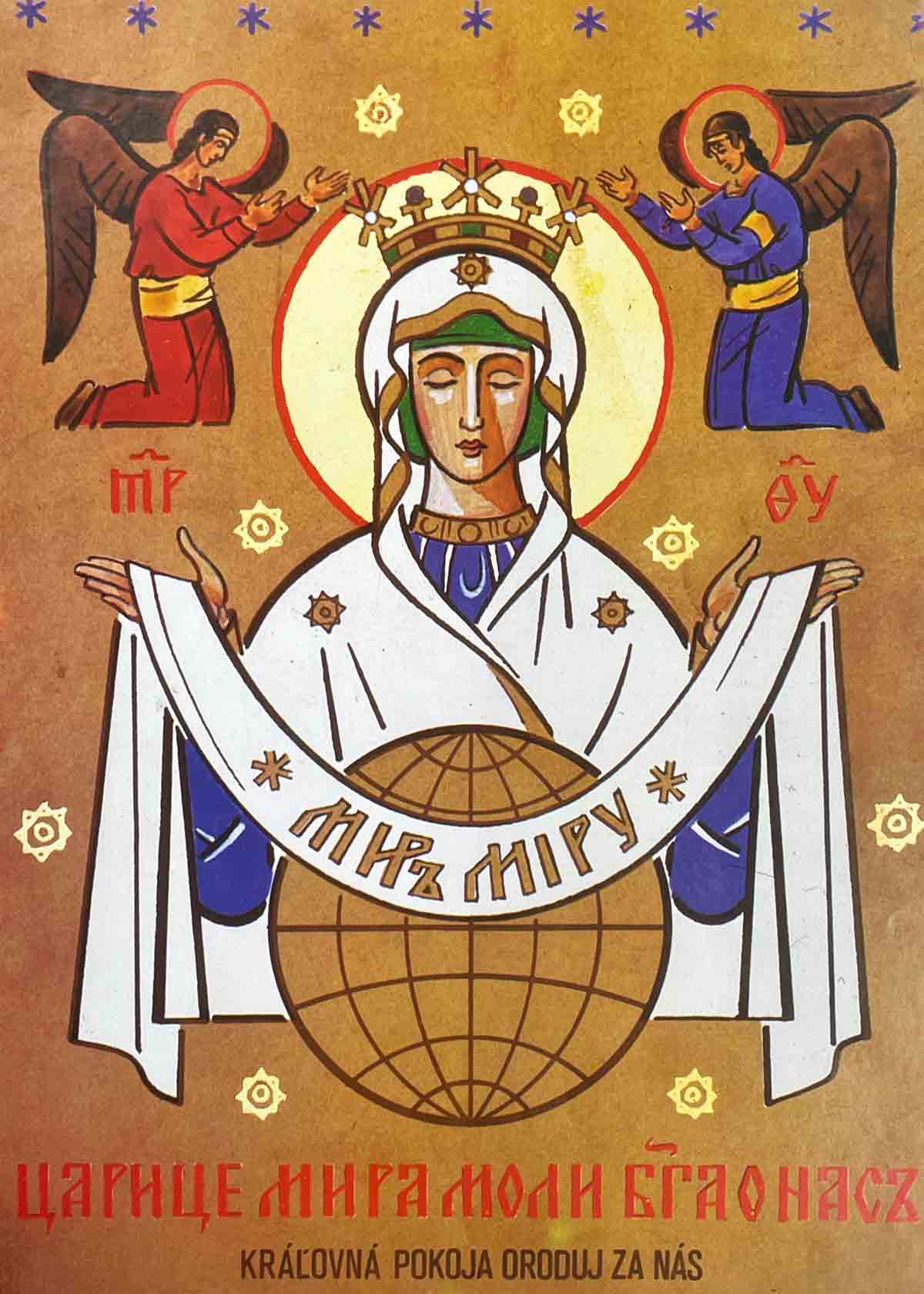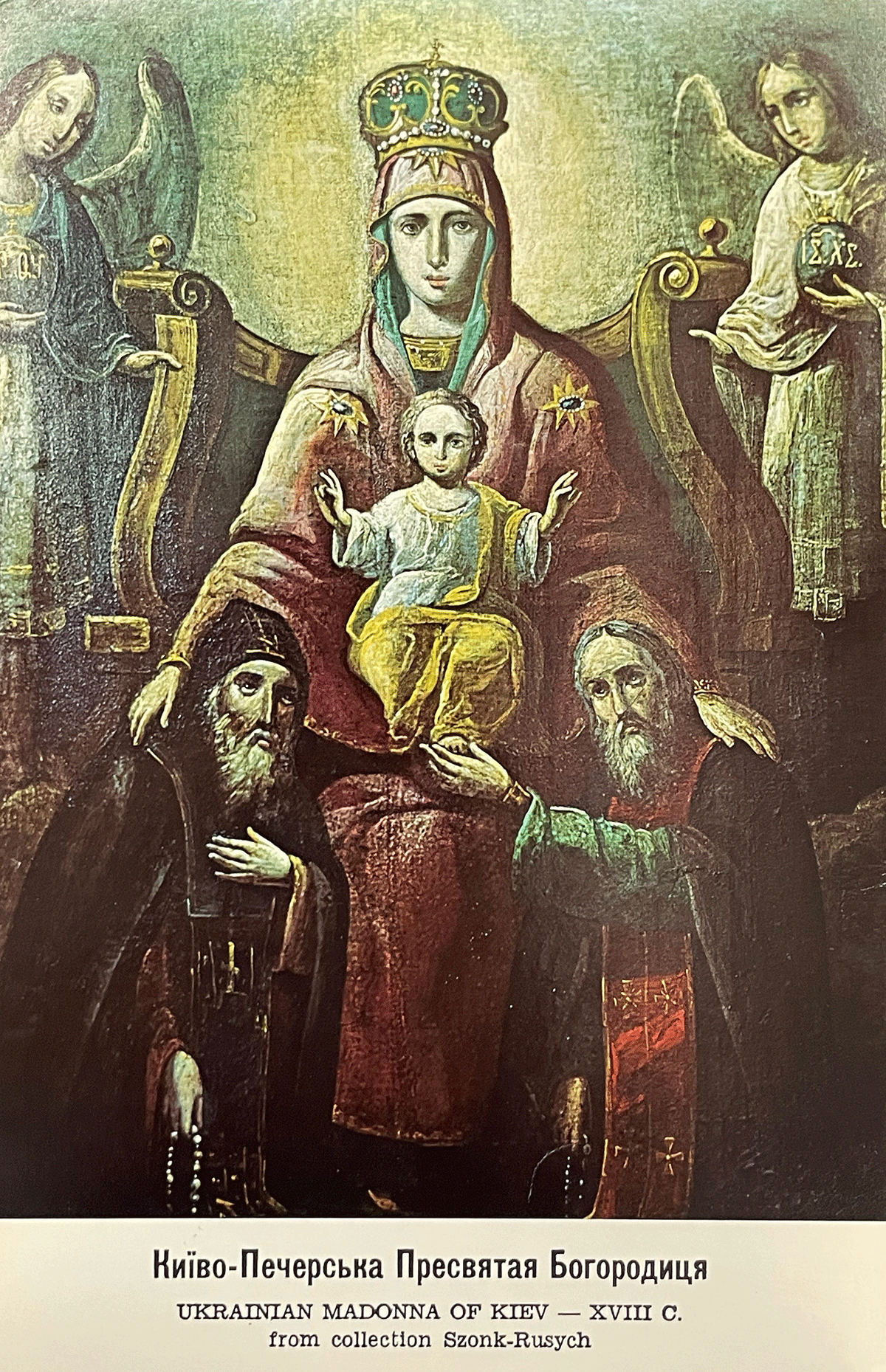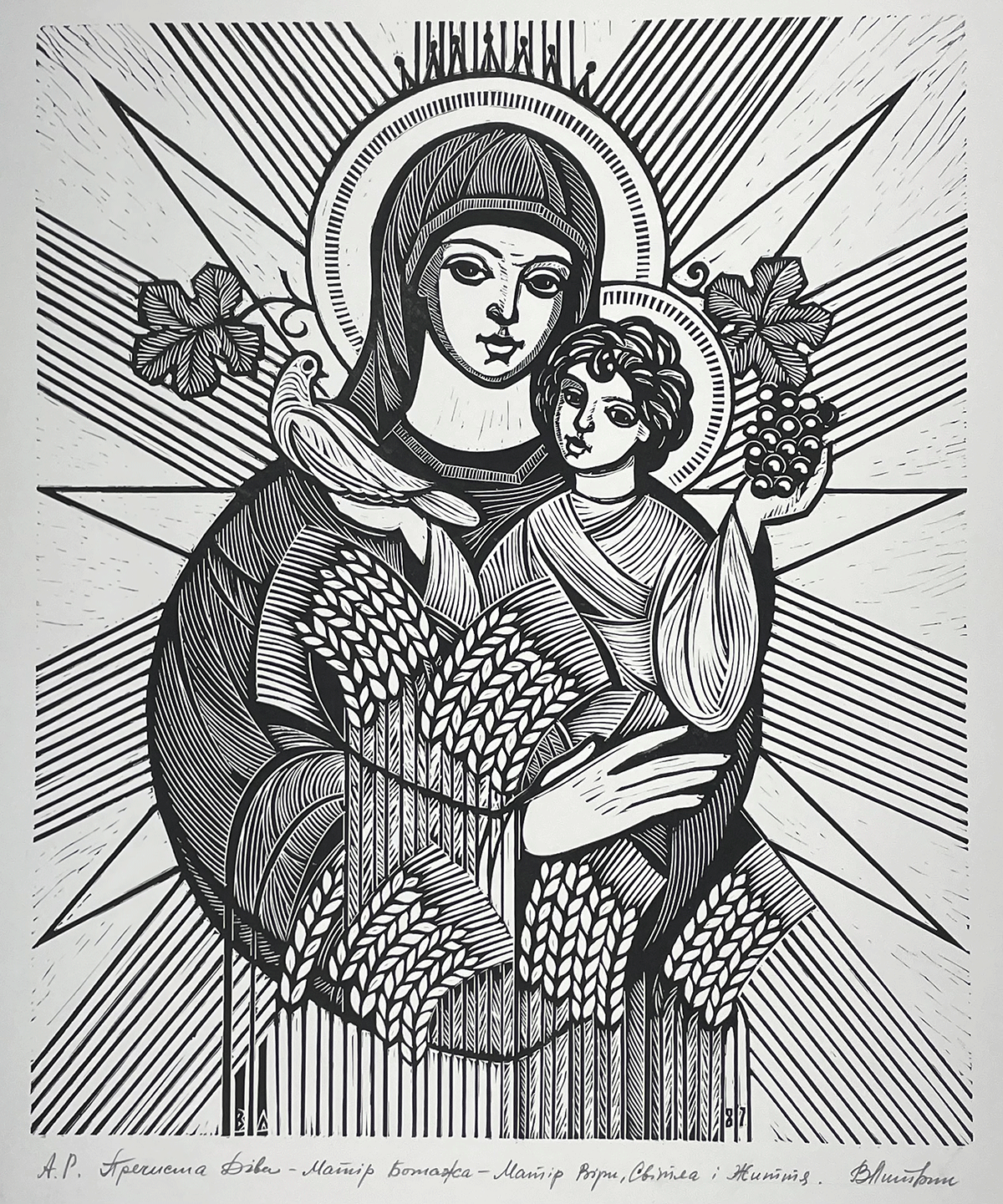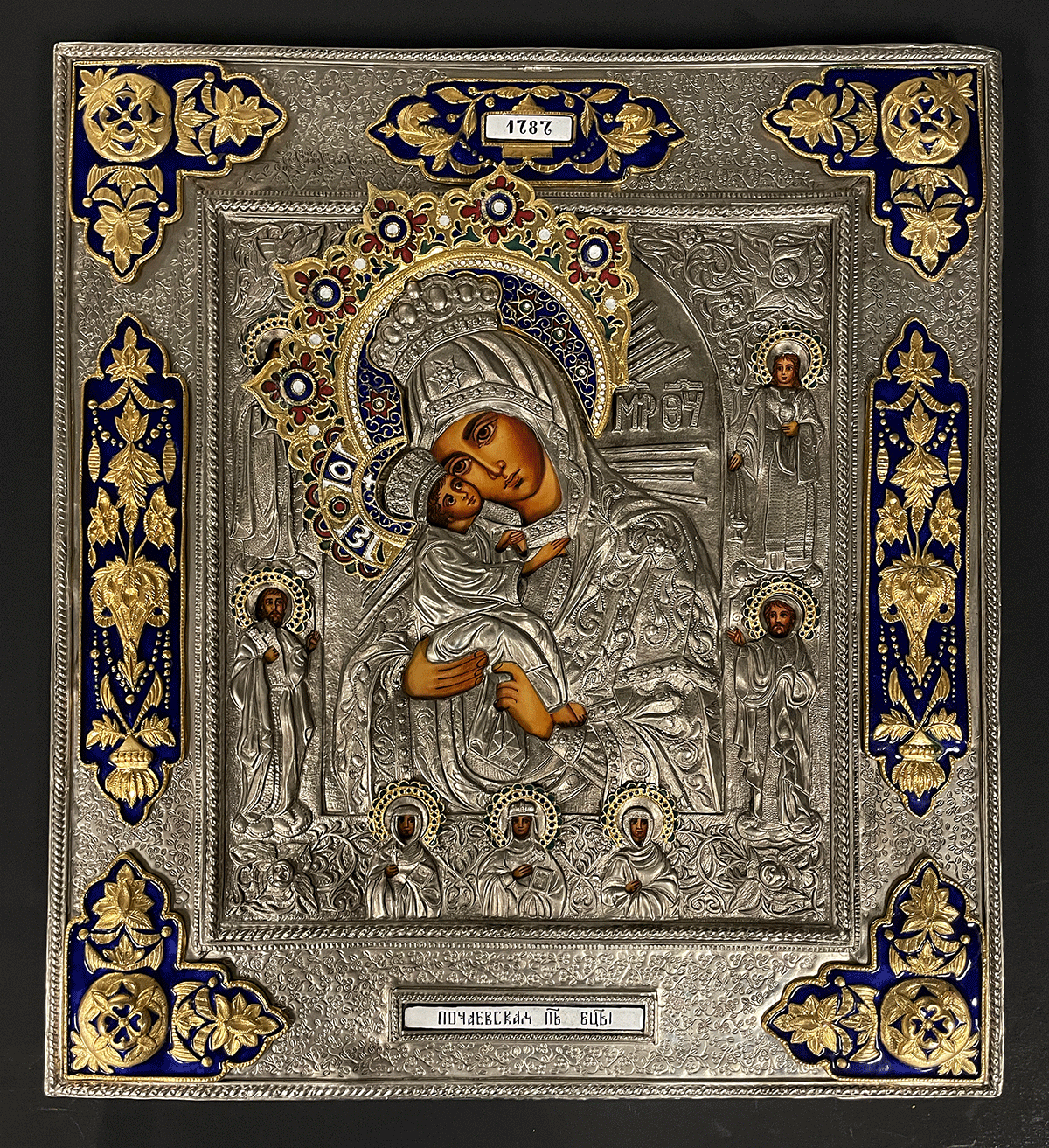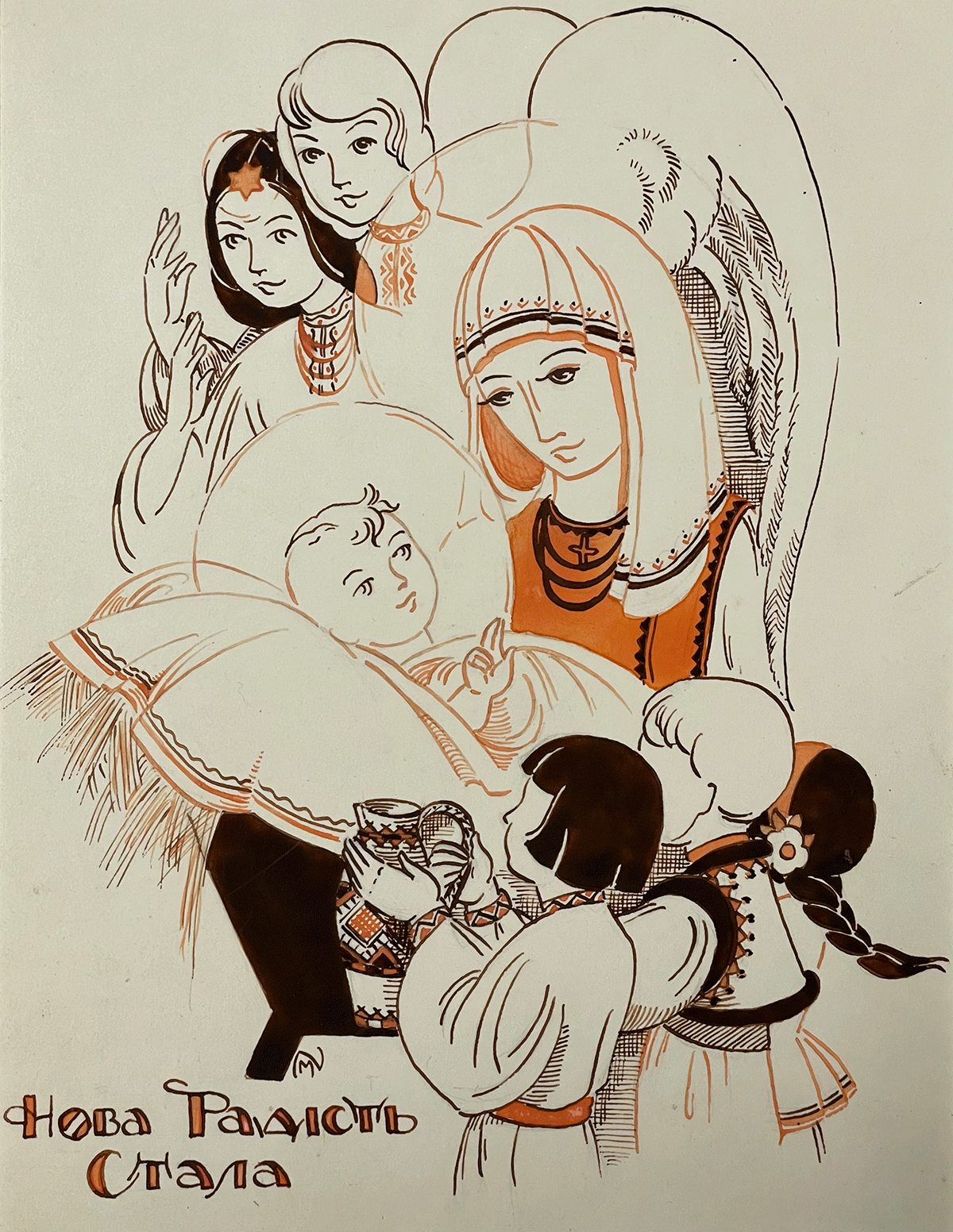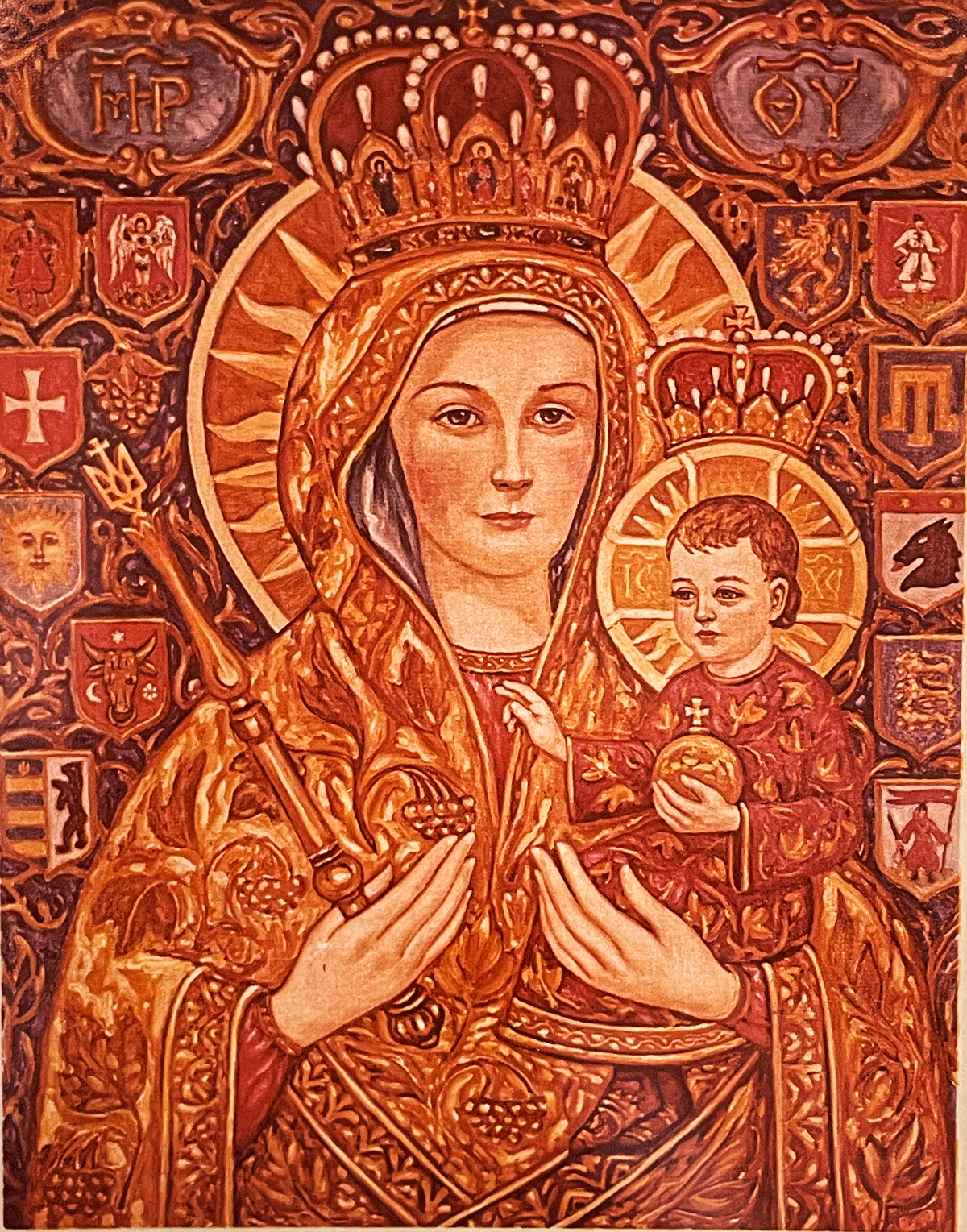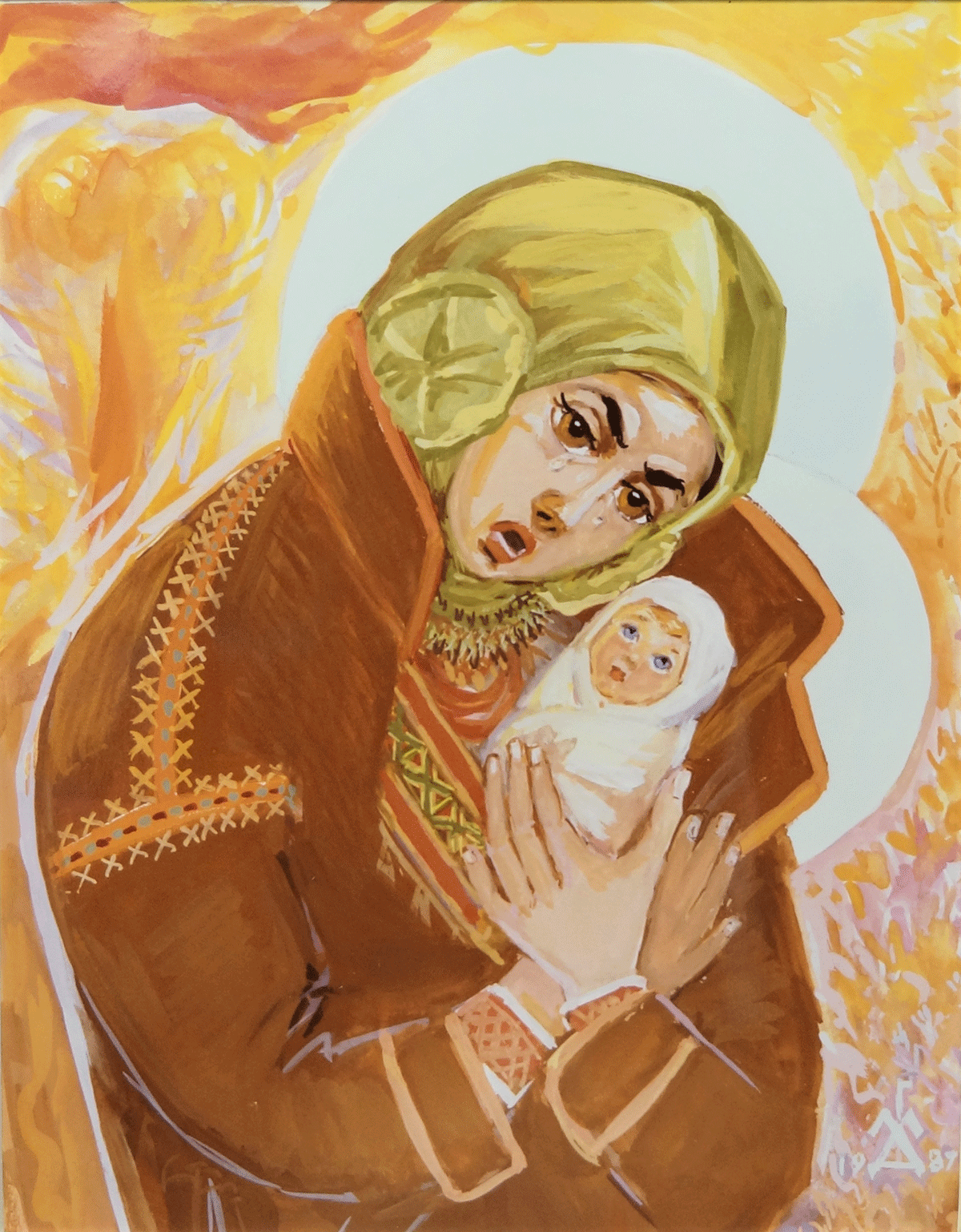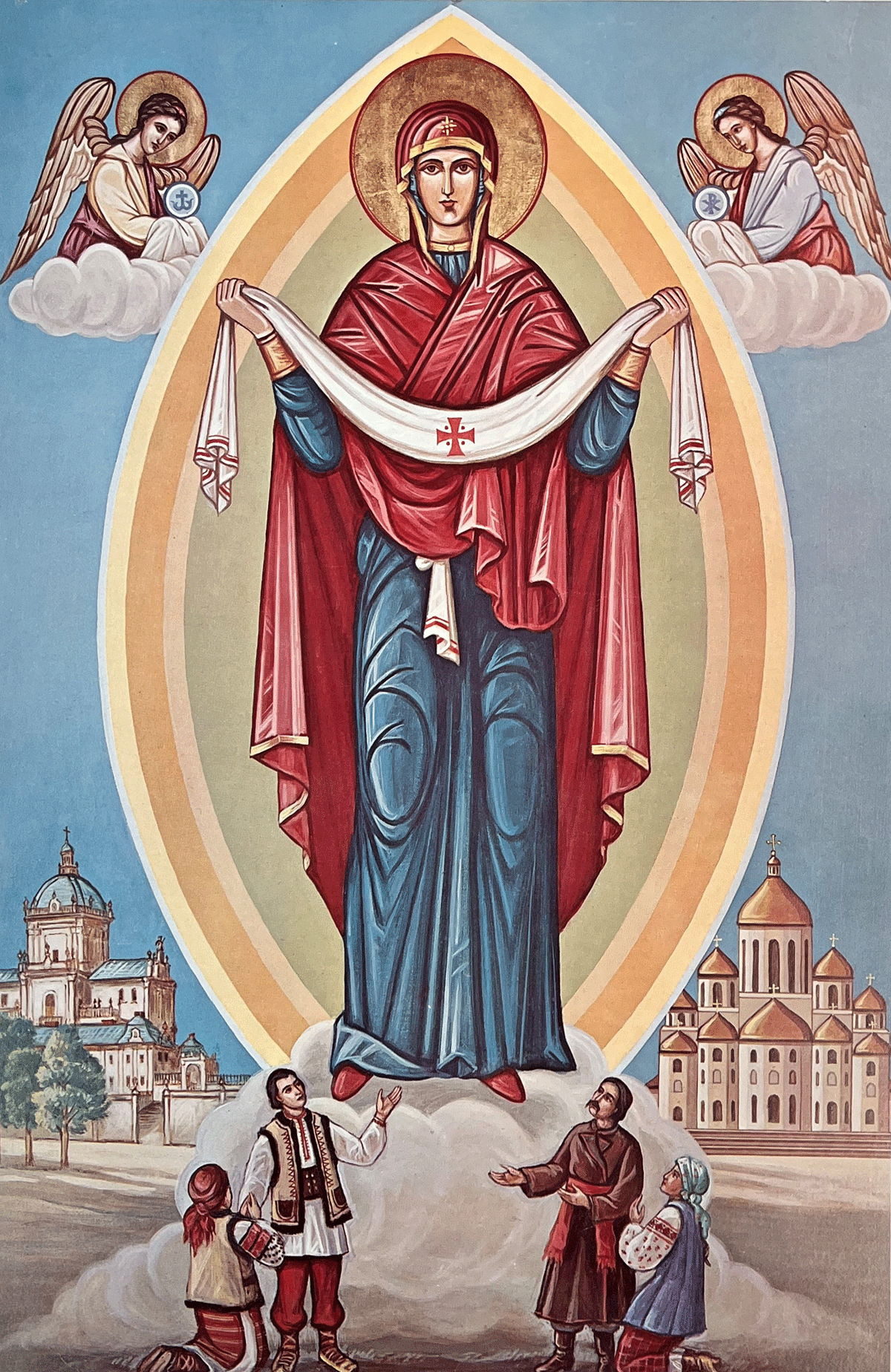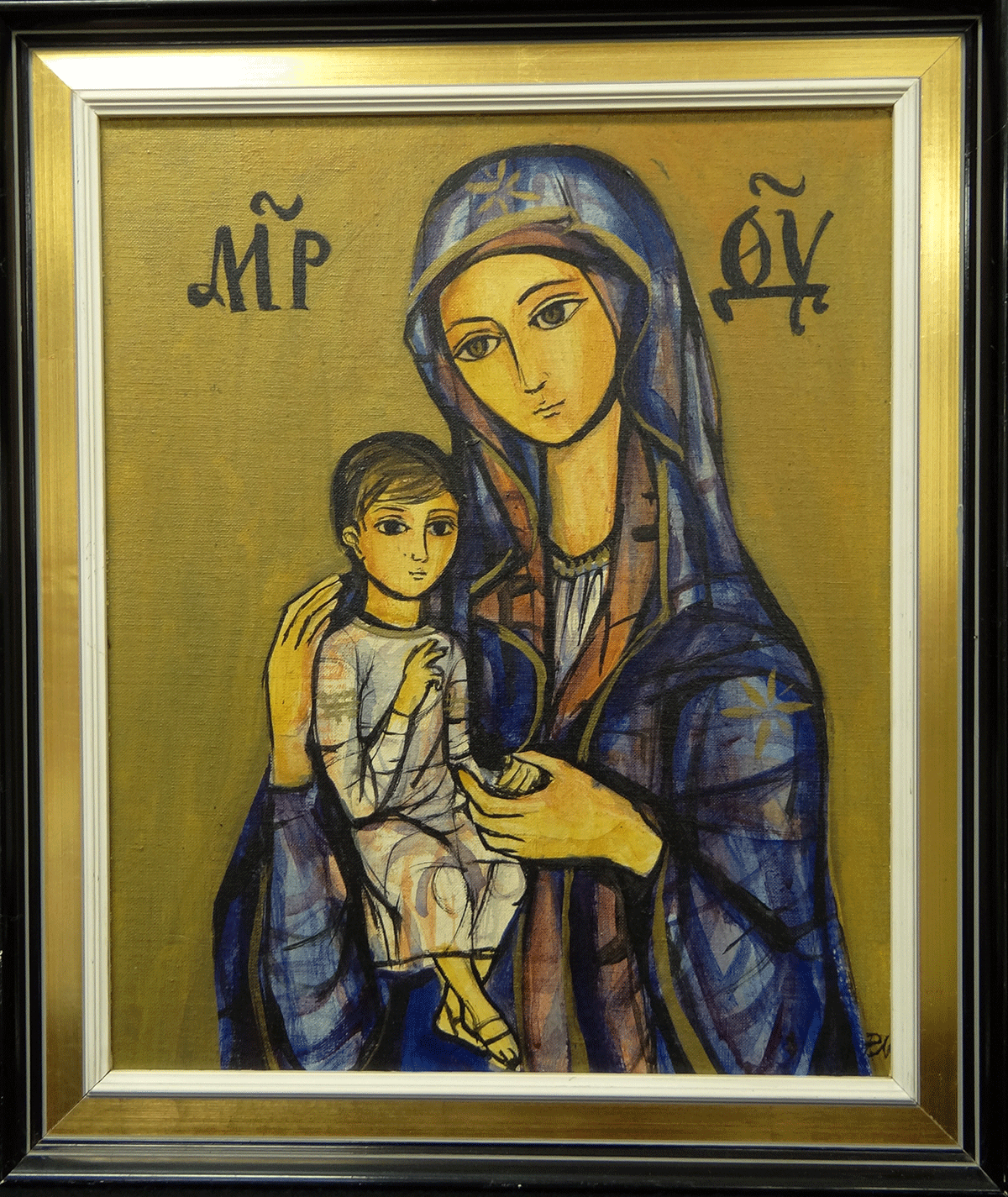Mary, Queen of Ukraine
In the 1980s Ukraine was under soviet control. Across the United States and Canada were Ukrainian refugees and descendants of refugees. At the University of Dayton’s Marian Library was a Ukrainian Catholic, Helen (Halyna) Nykolshyhn, who wanted to document their culture, their love of country and their devotion to Mary, the mother of Jesus.
So in 1981 she started soliciting material from the Ukrainian diaspora. The collected art, newspaper clippings, magazine articles, photographs, slides, books, pamphlets, poetry, prayer books, prayer cards and greeting cards became the Marian Library’s Ukrainian Marian Collection.
Supported by a grant from the Mariological Society of America, the items are now being catalogued there by Richard Lenar, whose doctoral dissertation was on the Ukrainian diaspora.
Most American Catholics follow the Latin, or Western, rite. Ukrainian Catholic churches, however, although in union with the Roman Catholic Church, have a different liturgy, owing to events of centuries ago. Some of the churches of the East that separated from Rome at the Great Schism of 1054 returned in the late 16th century but still kept a distinct identity.
Catholicism in Ukraine dates to 988 with the conversion of Prince Vladimir the Great. His son Yaroslov the Wise declared Mary, the mother of God, the Queen of Ukraine. “Part of Ukraine’s national identity is being under the protection of Mary,” Lenar said.
In Kyiv’s Cathedral of Saint Sophia, built in the 11th century, is a mosaic of the Oranta (Mary praying). “Although the cathedral has been damaged on several occasions, the mosaic has always been saved,” Lenar said.
Icons of Mary and Jesus play an important role in Roman and Orthodox churches. “An icon is much more than a picture,” Lenar said. “It is a channel of grace; it draws you into the relationship of Mary and Jesus. Icons express her maternal pity for her children.”
Kayla Harris, librarian and archivist at the Marian Library, discusses in an article in The Conversation the significance of the religious icon known as the “Pokrova” in which Mary’s veil — a “pokrova,” or “cover,” in Ukrainian — is a sign of protection.
